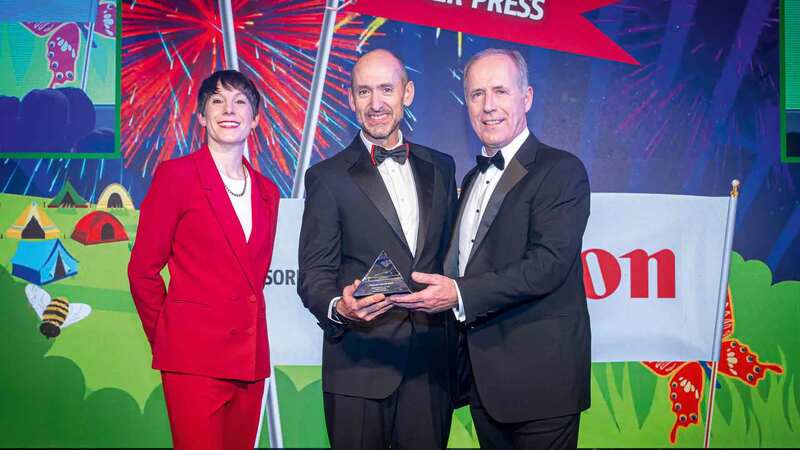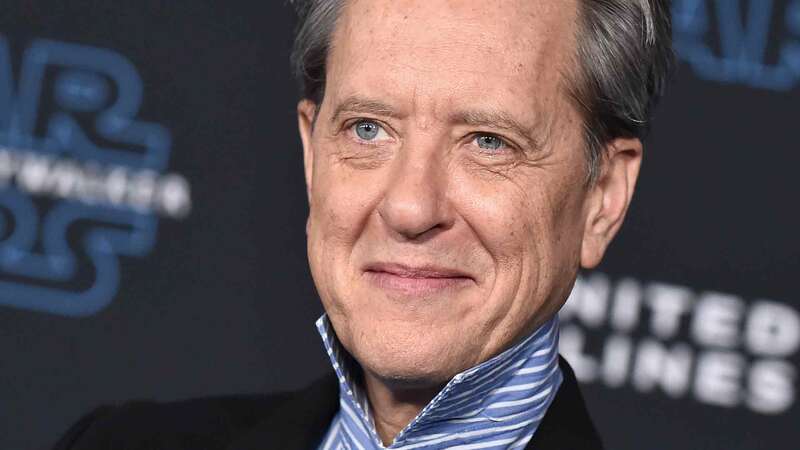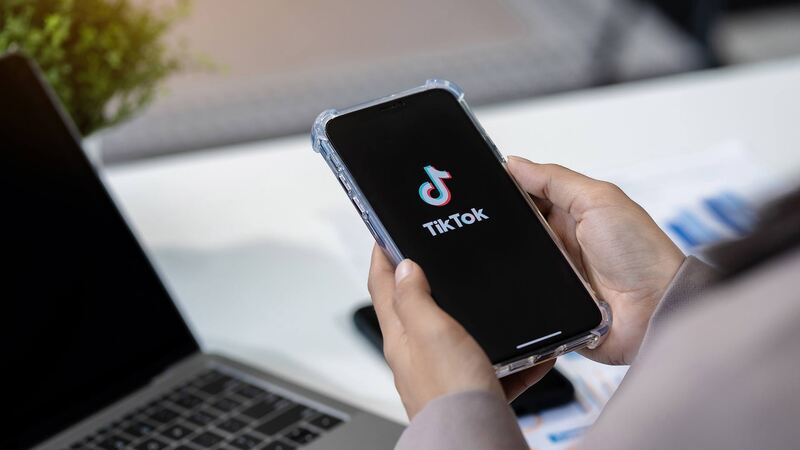You are viewing your 1 free article this month. Login to read more articles.
2016 half-year review: Winning formula pays off for mid-size publishers
For the first part of 2016, it is the mid-sized publishers that are driving the overall market’s excellent 9.3% print sales growth. The businesses between positions four to six—including the new-look Independent Alliance (IA)—in our Top 20 publishers chart had double-digit sales rises through Nielsen BookScan.
Collectively these four groups generated sales of £95.5m through the TCM, up 25.9%. In pure revenue terms this is a £19.7m gain, meaning this small cohort of publishers lying just behind the “Big Three” are responsible for 36% of the market’s £54.8m print rise in 2016’s first half.
Before we continue, a moment for our usual disclaimers when we do these reviews: in our analysis we will be largely examining TCM data, with a brief look at Big Five e-book numbers provided by those publishers. So, for publishing performance, this does not account for digital value sales, export numbers, and any other revenue streams, such as rights sales, that add to the bottom line.
Even without the other data to hand, it’s an easy bet that Pan Macmillan’s bottom line in 2016 will probably look very nice indeed. The publisher’s TCM sales jumped a massive 37% to £34.2m—against the half-year 2015, which saw its sales rise 20%. Of course, it is the publisher of 2016’s two biggest authors—breakout Joe Wicks and Julia Donaldson (or rather, as her principal publishers, around 70% of Donaldson’s sales). Yet it is not all about The Body Coach and Gruffalo creator—strip out Wicks and Donaldson and Pan Mac would still be up 7.6% year on year.
Prizes have helped the cause. Costa winner Frances Hardinge’s The Lie Tree (Macmillan Children’s) shifted £448,000 in all editions, while Hanya Yanagihara’s Baileys' shortlisted, British Book Industry Award-winner A Little Life (Picador) earned £354,000 in mass market paperback.
But Pan Mac’s winning formula is a balance of continuing to build long-standing brand authors such as Peter James (£1.1m in 2016), Jeffrey Archer (£908,000) and David Baldacci (£547,000), as well as finding new voices such as Debbie Howells, Jean- Paul Didierlaurent and The Bookseller’s own Cathy Rentzenbrink.
The IA (+22.4% to £29.8m) is going great guns with its new-ish iteration: 11 of the 13 groups with TCM data have had double-digit value percentage rises, some spectacularly so: Short Books is up 163% to £1.5m, thanks largely to Michael Mosley’s The 8-Week Blood Sugar Diet, while Scribe rose 105% to £489,000, driven by Giulia Enders’ Gut which has taken in £294,000 through the TCM. IA big boys Faber (+19.6% to £8.2m), Lonely Planet (+14% to £6.2m) and Profile (+28.5% to £3.6m) have all had excellent, market-beating half years.
Bloomsbury’s 23.9% jump owes much to the new illustrated Harry Potter editions and excitement building in anticipation for the Harry Potter and the Cursed Child release (published, alas for Bloomsbury, by Little, Brown). Still, 12 of Bloomsbury’s top 20 titles by value this half year are Potter books.
Big boys' toys
All of the Big Three groups have failed to beat the overall market growth, but as always with year-on-year comparisons, this must be contextualised. Penguin Random House easily tops the league table with a 22.4% share. Incidentally, as DK and Rough Guides are now being run as a separate division under Ian Hudson, we’ve also provided PRH figures with Hudson’s group stripped out.
Anyway, PRH suffers slightly from comparisons to the 2015 half-year when it had two weeks of sales for E L James’ Grey. But there have been huge divisional successes, notably Penguin and Transworld, the latter jumping a massive 14.8% to £17.8m. Of the top 10 selling books of the half year by value, four come from the Transworld stable: Paula Hawkins’ The Girl on the Train (£1.8m), Lee Child’s Make Me (£928,000), Bill Bryson’s The Road to Little Dribbling and Kate Atkinson’s A God in Ruins (both £834,000).
Penguin’s rise (+15.3% to £59.3m) has been driven by Michael Joseph, with Jojo Moyes and the Ladybird for Grown-Ups series responsible for 12 of the division’s top 20 books in 2016 by value. Random House had a marginal drop (-1.6% to £46.3m) versus its James-fuelled 2015.
| Pos | Move | Publisher | 2015 Value | 2016 Value | Diff | Share |
|---|---|---|---|---|---|---|
| 1 | - | Penguin Random House | £135,176,636 | £144,289,005 | 6.7% | 22.4% |
| (excl. DK and Rough Guides) | £121,055,795 | £129,402,055 | 6.9% | 20.1% | ||
| 2 | - | Hachette | £74,835,935 | £76,177,370 | 1.8% | 11.8% |
| 3 | - | HarperCollins | £46,469,508 | £46,087,331 | -0.8% | 7.1% |
| 4 | - | Pan Macmillan | £25,075,430 | £34,232,444 | 36.5% | 5.3% |
| Independent Alliance | £24,392,079 | £29,845,618 | 22.4% | 4.6% | ||
| 5 | - | Bloomsbury | £13,985,810 | £17,323,828 | 23.9% | 2.7% |
| 6 | Up | OUP | £12,392,818 | £14,098,600 | 13.8% | 2.2% |
| 7 | Down | Simon & Schuster | £12,599,983 | £12,197,580 | -2.8% | 1.5% |
| 8 | - | Pearson Education | £9,931,104 | £9,654,223 | -3.2% | 1.9% |
| 9 | - | Usborne | £8,212,251 | £8,666,771 | 5.5% | 1.3% |
| 10 | - | John Wiley | £8,100,900 | £8,536,370 | 5.4% | 1.3% |
| 11 | Up | Scholastic | £7,269,232 | £7,937,641 | 9.2% | 1.2% |
| 12 | Up | CGP | £6,124,485 | £7,635,665 | 24.7% | 1.2% |
| 13 | Down | Egmont | £7,613,155 | £7,470,690 | 2.8% | 1.2% |
| 14 | - | Bonnier Publishing | £5,700,953 | £6,490,875 | 13.9% | 1.0% |
| 15 | - | Createspace | £4,074,596 | £6,441,063 | 58.1% | 1.0% |
| 16 | - | Taylor & Francis | £4,037,525 | £4,585,345 | 13.6% | 0.7% |
| 17 | - | Walker | £4,018,290 | £4,226,426 | 5.2% | 0.7% |
| 18 | Up | PGUK Distributors | £2,684,335 | £3,852,787 | 43.5% | 0.6% |
| 19 | Down | Parragon | £3,933,336 | £3,730,306 | -1.0% | 0.5% |
| 20 | - | Ordnance Survey | £3,377,082 | £3,344,263 | 4.3% | 0.5% |
First 26 weeks of 2015 versus 2016.
The only Hachette divison to top the overall market growth through Bookscan was Quercus, up 29.5% to £4.7m boosted by David Lagercrantz’s The Girl in the Spider’s Web and Sarah Knight’s parody title, The Life Changing Magic of Not Giving a F**k. Little, Brown (+2.8 to £17.3m), Hodder (0.8% to £16.4m) and Orion (5% to £14.3m) all had slim growth.
The reason for HarperCollins marginal drop is that it simply didn’t have any huge hits on the adult side as it did in the first half 2015 with Amelia Freer’s Eat. Nourish. Glow. and Chris Kyle’s American Sniper. But David Walliams did his part with sales shooting up a massive 46% to £5.1m.
Finally, the Big Five publishers have given The Bookseller their top line e-book volume and these figures perhaps need even more contextualising than the print data. For example, the overall 2.1% rise for the five is down to the integration of the Harlequin Mills & Boon business to HC, so we’re not exactly comparing like for like—though HC notes that stripping out HMB would still give it a 15% volume rise.
As in print, PRH suffers from the comparison against a year fuelled by E L James’ sales, but more so by the switch to the agency model in the latter half of 2015, which greatly affected volume numbers.
Hachette’s narrow digital drop is interesting (it had switched to the agency model by this point in 2015), and perhaps reflects the company’s rather clever strategy in recent months of price promotions.
Pan Mac’s and Simon & Schuster’s 20%–25% drop in e-book volume is probably closer to the overall e-book market decline for traditional publishers—especially in Pan Mac’s case as its two biggest authors of 2016 are largely print phenomenons.
Big five publishers 2016 e-book volume
| Pos | Publisher | 2015 | 2016 | Diff |
|---|---|---|---|---|
| 1 | Penguin Random House | 7,052,141 | 5,870,909 | -16.7% |
| 2 | Hachette | 6,668,229 | 6,263,599 | -6.1% |
| 3 | HarperCollins | 4,479,000 | 7,627,000 | 70.3% |
| 4 | Pan Macmillan | 3,030,000 | 2,245,000 | -25.9% |
| 5 | Simon & Schuster | 1,361,000 | 1,055,000 | -22.5% |
| Total | 22,590,370 | 23,061,508 | 2.1% | |


















